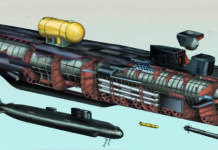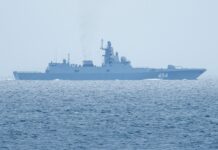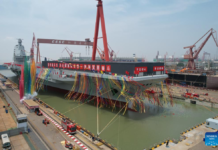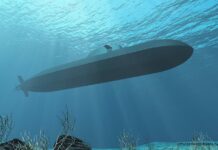On 4 May 2022, the first SM-2 ship-to-air missile was fired from a Danish warship. In a so-called first-of-class firing, the NILS JUEL, a frigate of the IVER HUITFELDT class, fired the test shot in the Norwegian Andoya Space Defence Test Centre.
The three IVER HUITFELDT class frigates have mission modules for anti-ship and anti-air warfare. Four Mk41 VLS (Vertical Launch System) vertical launchers for the Standard Missile SM 2 Block IIIA air defence missile system are installed between the masts. Four STANDARD FLEX container positions are available for 24 Evolved Sea Sparrow Missile (ESSM), a shorter range air defence missile system than SM2, and 16 HARPOON anti-ship missiles.
Weapons Alongside the SM-2
The frigates can accommodate either the 8-cell HARPOON MK 141launcher module or the 12-cell MK 56 ESSM VLS. Depending on the number of HARPOON launchers installed, up to 24 Evolved Sea Sparrow missiles and 32 SM-2 IIIA, or SM-6 if necessary, can be carried. In other words, the IVER HUITFELDT class frigates, the last unit of which, the NILS JUEL, was commissioned in November 2011, are designed with future potential. Until now, they have been sailing with the defined gap in convoy air defence, which can now be closed. In July 2018, the US State Department confirmed the sale of up to 46 Standard Missiles SM-2 Block IIIA including associated equipment to Denmark. The cost was reported at US$152M.
Like the four Dutch frigates of the DE ZEVEN PROVINCIËN class and the three German SACHSEN class frigates, a Thales APAR radar is in service on the IVER HUITFELDT class. The I-band radar enables the tracking of aerial targets and the guidance of missiles using the Interrupted Continuous Wave Illumination mode. The system allows 32 semi-active radar-guided missiles to be controlled simultaneously, 16 of which in terminal phase.












